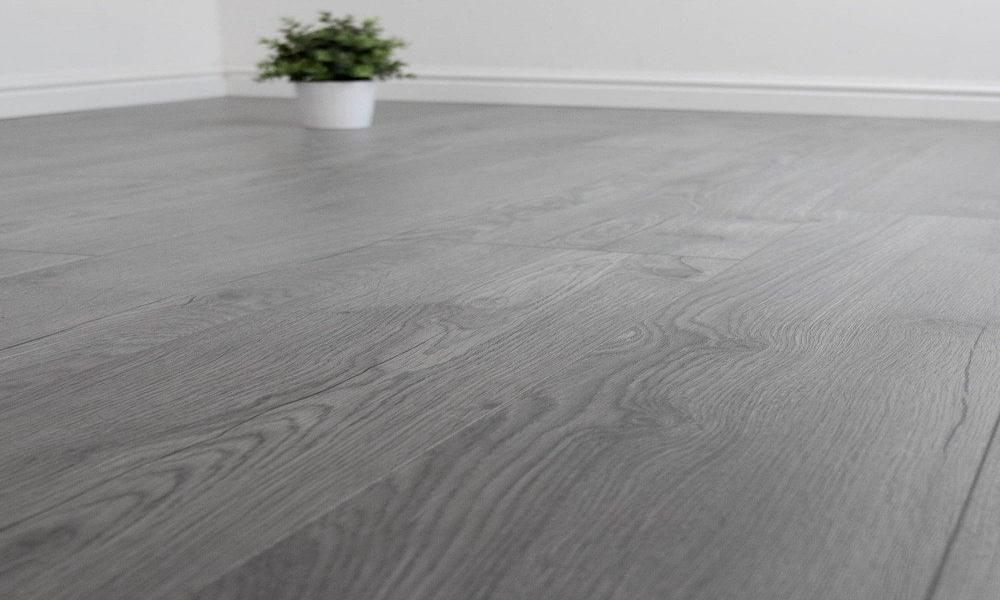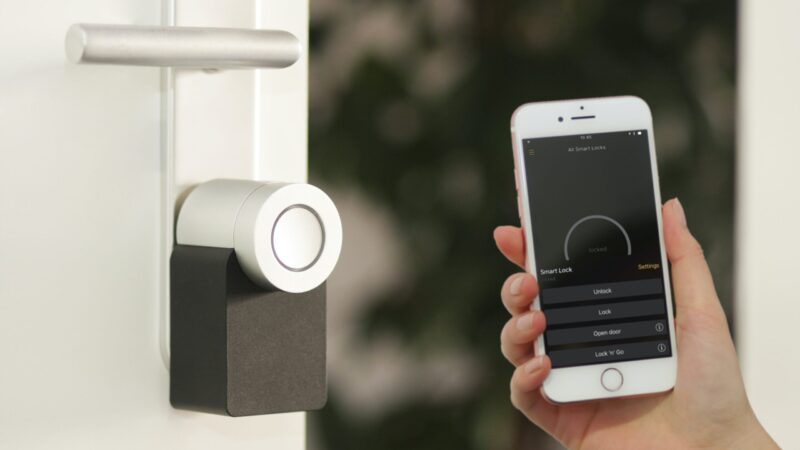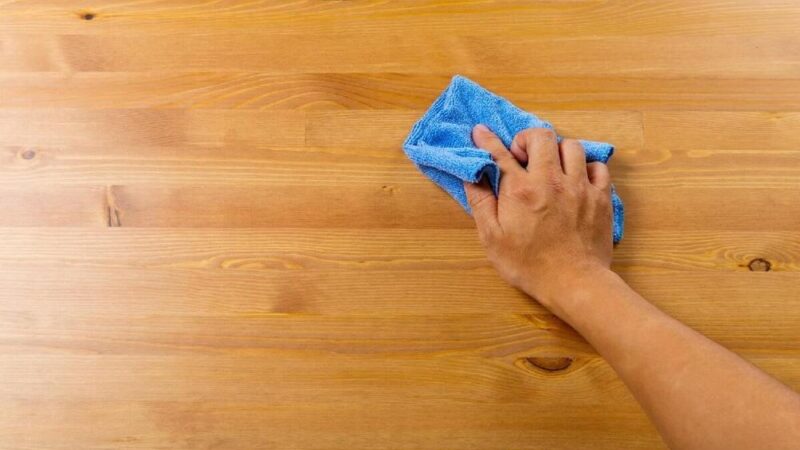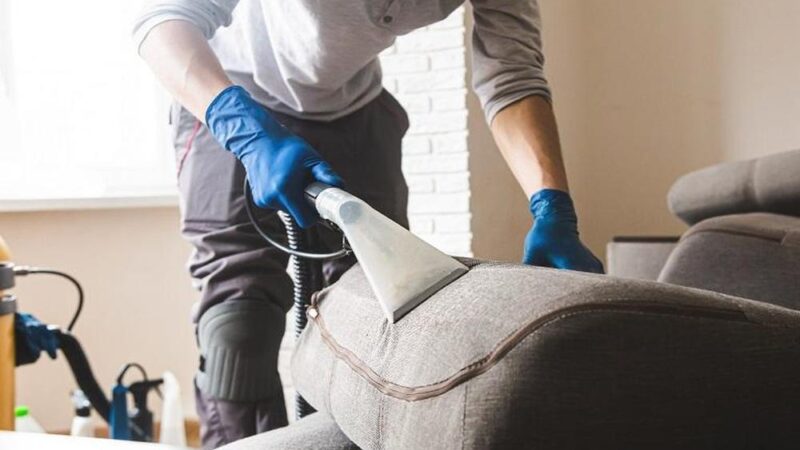The best type of laminate flooring will depend on your specific needs and preferences, as well as your budget. Here are some factors to consider when choosing the best type of laminate flooring:
AC rating: The AC rating is a measure of a laminate flooring’s durability, with ratings ranging from AC1 (light residential use) to AC5 (heavy commercial use). For most homes, a rating of AC3 or AC4 should be sufficient.
Thickness: The thickness of the laminate flooring can impact its durability and sound insulation properties. Thicker laminate flooring can provide better sound absorption and be more resistant to impacts and scratches.
Underlayment: Some laminate flooring comes with an attached underlayment, which can help to reduce noise and add cushioning. If you’re installing laminate flooring in a multi-story home or in an area where noise is a concern, an attached underlayment may be a good option.
Water resistance: Some types of laminate flooring are water-resistant or waterproof, making them a good option for bathrooms, kitchens, and other areas where water is present.
Style and color: Laminate flooring comes in a wide variety of styles and colors, so choose a type that complements your home’s decor and personal style.
Overall, the best type of laminate flooring for your home will depend on your specific needs and preferences. Consider the factors above and do some research on different brands and styles of laminate flooring to find the best fit for your home.
How to remove laminate flooring:
You’ll need some tools and patience to remove laminate flooring. Remove all furniture, rugs, and other items from the room where the laminate flooring will be removed. Starting at one edge of the room, use a pry bar or crowbar to lift one of the laminate planks. Work your way across the room, lifting each plank as you go. Once all the laminate planks have been removed, use a pry bar or hammer to remove the baseboards from around the perimeter of the room. If the baseboards are in good condition, you can save them for re-installation later.
If it is still in good condition and you plan to re-install laminate flooring, you can leave it in place. If not, use a scraper or putty knife to remove the underlayment from the subfloor. Once all the laminate flooring and underlayment have been removed, use a vacuum cleaner or broom to sweep up any debris or dust. Inspect the subfloor for any damage or issues that may need to be addressed before installing new flooring.
Also, keep in mind that removing laminate flooring can be a time-consuming process, especially if it has been glued down or stapled. If you’re unsure about tackling the job yourself, consider hiring a professional to assist you.
Is laminate flooring used in homes?
Yes, laminate flooring is a popular choice for many homeowners because it is durable, affordable, and easy to install. It can mimic the look of hardwood, tile, or stone, and is available in a wide variety of styles and colors. Laminate flooring is also easy to maintain and clean, making it a practical choice for families with children or pets. It is resistant to scratches, stains, and fading and can withstand heavy foot traffic.
In addition, laminate flooring is relatively easy to install, with many homeowners opting to do it themselves with basic tools and some DIY knowledge. This can save money on installation costs compared to other types of flooring that require professional installation. Overall, laminate flooring is a versatile and practical choice for many homeowners, making it a popular option for both new construction and home renovation projects.







